Sylvie Vanséveren
Citatio: S. Vanséveren, hethiter.net/: Unicode Cuneiform (2021-09-10)
The following unicode fonts for cuneiform were designed by Sylvie Vanséveren:
- Santakku: Old Babylonian, cursive script
- SantakkuM: Old Babylonian, momumental script (Hammurabi)
- Assurbanipal: Neo-Assyrian
- Ullikummi (A, B, C): Hittite
- Esagil: Neo-Babylonian
- Bisitun, Persepolis: Old Persian
The keyboard layout (NesiliKeys), with key combinations to write Hittite Cuneiform on Mac OSX, was developed and provided by Rolf Noyer, University of Pennsylvania.
Terms of Use
The fonts are available free of charge. They are copyrighted and may not be modified or distributed in any modified form, nor may they be distributed commercially. The fonts may be used for academic and research purposes. They may be used in scientific publications and websites for scholarly purposes.
The user agrees to mention the following credits:
Fonts created by Sylvie Vanséveren, available on the Hethitologie Portal Mainz
Sign List and Notes
The sign lists give:
- HZL and MZL numbering
- Unicode code point
- sign (conventional reading and Unicode description)
- sign in the font (and variant for Hittite)
- autotext
Automatic Text
Automatic text insertion is possible in text editors like Word and Nisus Writer Pro. File templates are given for Word and Nisus.
The process consists in associating an automatic text entry to a sign or a group of signs. It is thus possible to write in cuneiform without having to know the code points of the signs. For this purpose, a series of Latin characters are also encoded in these fonts (characters from the Cuneitruetype font with kind permission of Prof. Dominique Charpin).
Simple Signs
The autotext “ma” gives the sign (U12220):
- 𒈠 (Assurbanipal)
- 𒈠 (Santakku)
- 𒈠 (SantakkuM)
- 𒈠 (UllikummiA)
- 𒈠 (Esagil)
The autotext “lugal” gives (U12217):
- 𒈗 (Assurbanipal)
- 𒈗 (Santakku)
- 𒈗 (SantakkuM)
- 𒈗 (UllikummiA)
- 𒈗 (Esagil)
Compound signs, made of two or more signs in linear sequence: INDIGNA = MAŠ-GÚ-GÀR:
| autotext | unicode | Assurbanipal | SantakkuM |
| “mac” (MAŠ) | U12226 | 𒈦 | 𒈦 |
| “gu2” (GÚ) | U12118 | 𒄘 | 𒄘 |
| “gar3” (GÀR) | U120FC | 𒃼 | 𒃼 |
| “idigna” | --- | 𒈦𒄘𒃼 | 𒈦𒄘𒃼 |
Variants are marked with “v” or “vv” after the entry:
| Assurbanipal | me3 | 𒀞 | me3v | 𒅠 | ||
| Ullikummi | mah | 𒈤 | mahv | 𒈤 | mahvv | 𒈤 |
In Microsoft Word, the cuneiform signs can be obtained using Autotext (Mac) and Quick Part (Windows). AutoText is not available in the web app.
Templates can store styles, AutoText entries, AutoCorrect entries, macros, toolbars, custom menu settings, and shortcut keys. Loading a template makes it available as a global template that you can use while you work with documents based on any other template.
See the Microsoft support:
- Load templates or add-ins
- Unload templates or add-ins
- Make a template or add-in available whenever you start Word
Windows users
Load the template
In Word options, select Add-ins and then Manage templates. Then
select Hittite.dot or Cuneiform.dot.
Use autotext and Quick Part
Choose Insert in the Word menu, then Quick Part, then Autotext. Select the code entry for the sign.
Use autotext and F3
Type the code of the autotext entry and then press F3. Type 'dim' and press F3 to get 𒁴 (UllikummiA).
Mac Users
Load the template
Open Hittite.dot or Cuneiform.dot. Save it as “document template” with the extension .dotx.
Enable autotext
On the Word menu, select Preferences and then AutoCorrect.
Select Automatically correct spelling and formatting as you type.
Use autotext
Choose Insert in the Word menu, then Autotext. Be sure to look in Hittite.dotx or Cuneiform.dotx (below).
Nisus Writer Pro (Mac only)
In Nisus Writer Pro, automatic text is linked with a glossary. A glossary is available for all documents. The Cuneiform glossary is a file containing cuneiform signs and associated entries (abbreviations).
Format
Hittite.ngloss, Cuneiform.ngloss
Installation
Go to: User/Documents/Nisus Documents/Glossaries.
The glossary can be imported via Preferences → Quickfix → Import glossary.
Click the checkbox in Quickfix to activate the glossary.
Restart Nisus.
Use of glossary
Choose the menu command: Nisus Writer Pro > Preferences > QuickFix.
Check Expand glossary entries as you type at the bottom of the Glossary Files list.
Glossary entries can also be expanded manually with a combination key (see Nisus Writer Pro Guide).
Contact
Prof. Sylvie Vanséveren
Université libre de Bruxelles
svsevere@ulb.ac.be


